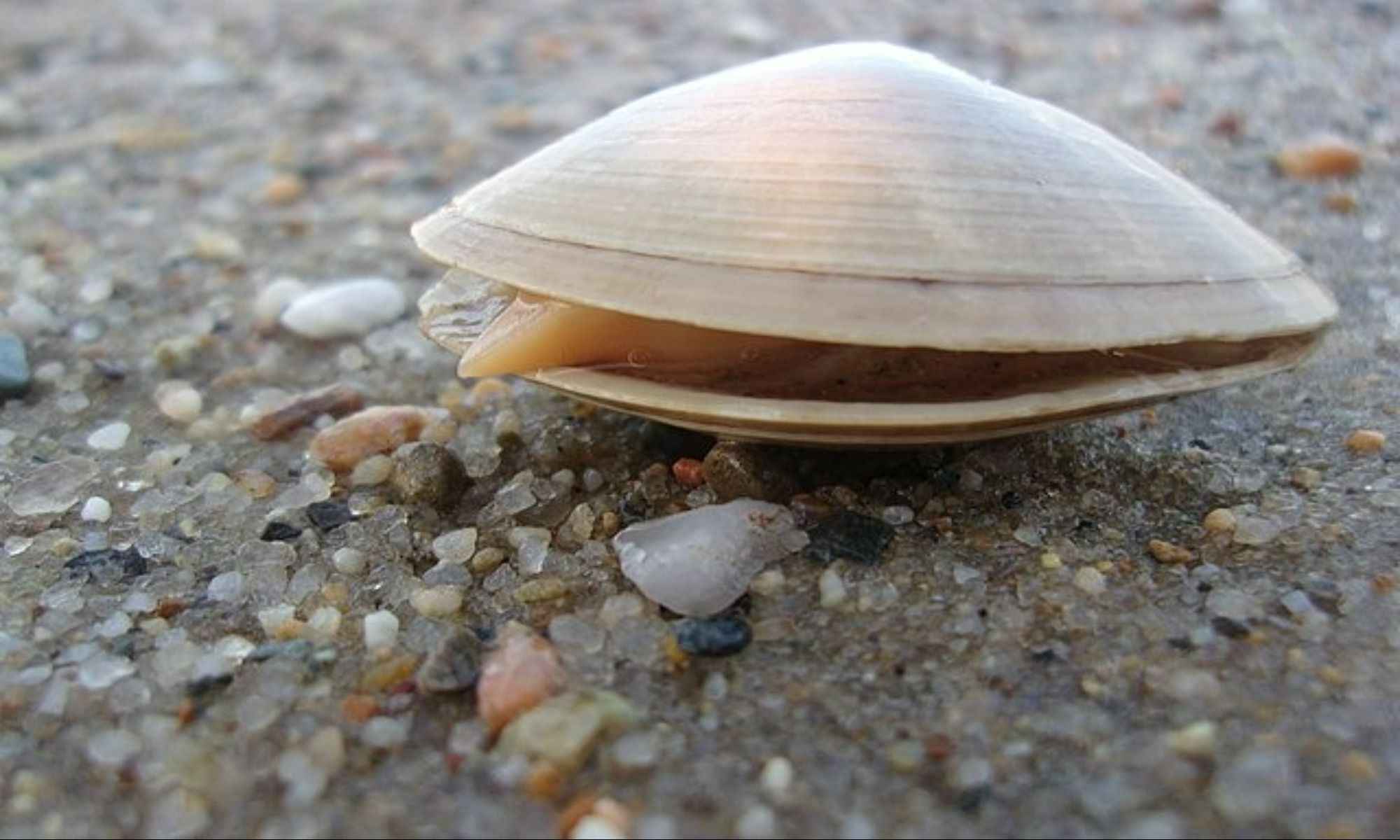Clam Fishing on Washington Coast
Here's everything you need to know about clamming or clam fishing on the Washington Coast.

In the Pacific Northwest, razor clams are one of the most popular shellfish because of their abundance and culinary potential. Washington has 11 saltwater clams and one oyster species that can be legally and safely harvested in their respective open seasons. In the spring, you can spot thousands of razor clam diggers that do it for fun or because they like eating them. When the season opens, and the tides are just right, you can find many people from all over and of different ages with a bucket and shovel in hand flocking to the state’s sandy beaches.
Anglers who love fishing early in the morning should try and experience razor clamming, razor clam digging, or razor clam fishing on the Washington Coast. It’s a popular way to spend your morning catching the sunrise in the western state, whether you’re planning to eat the ones you’ve caught or not. Here’s what you need to know about clam fishing on the Washington coast:
Where To Go Clamming
When searching for clams, knowing which beach area is imperative if you want to successfully find the ones you wish to and dig them up. Tidal zones are where you’ll most likely find clams. Certain species can be found in certain depths, but most can be found in the middle to subtidal zones. For beginners and those who don’t want to get too wet, you should aim for the middle intertidal zone, the halfway point between the shore and the low tide. Remember to bring rubber boots or waders if you search for clams in subtidal zones.

In Washington, you can harvest various clam species on whichever Pacific beach you visit at varying depths. Here’s a simple breakdown of what species you can dig up and where:
1. Bent-nose Macoma clam
Depth: 4-6 inches
Habitat: Sand, intertidal and subtidal zones
2. Butter clam
Depth: 18 inches
Habitat: Sand, gravel, cobble, mid-intertidal to subtidal zones
3. Eastern softshell clam
Depth: 8-14 inches

Habitat: Sand, mud, estuaries
4. Geoduck
Depth: 2-3 feet
Habitat: Sand, mud, gravel
5. Horse clam, fat gaper
Depth: 1-2 feet
Habitat: Sand, gravel, cobble, mid to low intertidal, extends into subtidal
6. Horse clam, Pacific gaper
Depth: 1-2 feet
Habitat: Sand, gravel, cobble, low intertidal zone, extends into subtidal
7. Manila clam, Japanese Littleneck
Depth: 2-6 inches
Habitat: Sand, gravel, mud, upper intertidal zone
8. Native Littleneck clam, Pacific Littleneck
Depth: 4-6 inches
Habitat: Sand, gravel, cobble, mud, mid-intertidal zone
9. Nuttall’s Cockle, Heart Cockle, Basket Cockle
Depth: 1-2 inches
Habitat: Sandy, sheltered beaches, gravel, cobble, sometimes on the surface
10. Pacific Oyster
Depth: On rock surface
Habitat: Intertidal to subtidal zones, on rocks, piers, and other hard, submerged surfaces
11. Razor clam
Depth: 6-12 inches and deeper
Habitat: Sand, intertidal coastal beaches, +3 foot to -2 foot tides
12. Varnish clam, Purple varnish clam, Savory clam
Depth: Up to 14 inches
Habitat: Sand, gravel
Regarding the specific places to go clamming, the Washington Department of Fish and Wildlife has established that Long Beach, Twin Harbors, Mocrocks Beach, Copalis Beach, and Kalaloch are all areas where razor clamming and clamming, in general, is permitted. Still, hundreds of coastal beaches and ocean shores line Puget Sound, which is also an excellent place for clamming. However, some aren’t easily accessible and may require a boat or may involve a tiring hike.
When a Clam Digger Should Go

The Washington Department of Fish and Wildlife assesses razor clam populations in the summer. They focus on including clams that are under and over 3 inches. This allows them to calculate the total number of clams people are permitted to dig or harvest for each beach. They also set limited harvest periods between October and early May. Specific dates are subject to change. You can find updates online on their website. If the WDFW considers marine toxins in the clam samples they’ve collected, harvest dates may be closed or delayed. Some beaches can be opened or closed as well.
What a Clam Digger Should Know and Bring
- The prime time to catch clams is when it’s one to two hours before low tide.
- You can find razor clams where you’ll spot air holes in the sand.
- The basic things you’ll need to bring with you are rubber boots or waders, a clam gun, a clam shovel, a clam rake, and an open container (bucket or net.)
- Make sure you have a shellfish license. Those 15 years old and older must have one in Washington State.
- Place a seawater-soaked towel over the clams you’ve collected. Do not keep them in an airtight container, and do not submerge the clams in the water while storing them.
- Check the daily limit of how many clams you can harvest per day. You can find this information on the Washington Department of Fish and Wildlife’s website.
- Do not clam on closed beaches, or it’ll be considered trespassing and exploiting natural resources.




